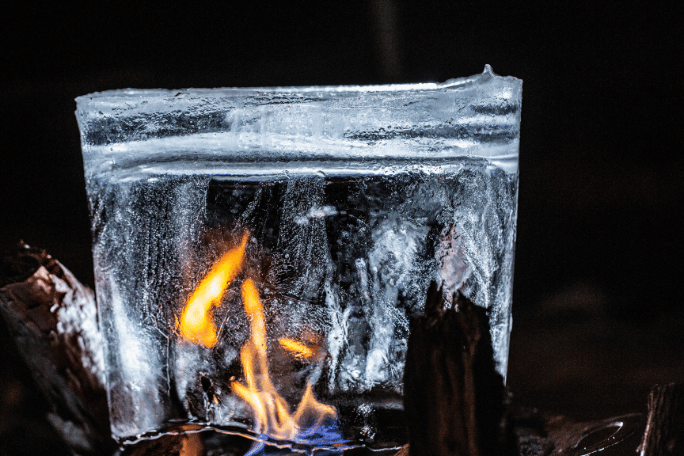Lesson Summary
This activity has been developed to give children the opportunity to learn more about energy through exploring temperature. Through inquiry, investigation and play, children investigate the differences in temperatures between different objects found in their centre. Younger children investigate how the sun heats objects and how ice and water respond to heat from the sun. Older children talk about how we can keep ourselves warm or cool, either by using electricity or by putting on or taking off clothes. They are then asked to identify where we use electricity in their centre.
This activity is designed to help connect children to the wonders of the natural world through sensory and play-based learning.
Activity Intention:
- This activity is designed to help connect children to the wonders of the natural world through sensory and play-based learning.
Lesson guides and printables
Lesson details
Curriculum Mapping
EYLF Learning Outcomes:
Learning Outcome 2: Children are connected with and contribute to their world
2.3 Children become aware of fairness
Learning Outcome 4: Children are confident and involved learners
4.1 Children develop dispositions for learning such as curiosity, cooperation, confidence, creativity, commitment, enthusiasm, persistence, imagination and reflexivity
4.2 Children develop a range of skills and processes such as problem solving, inquiry, experimentation, hypothesising, researching and investigating
4.3 Children transfer and adapt what they have learned from one context to another
4.4 Children resource their own learning through connecting with people, place, technologies and natural and processed materials
Resources Required
Equipment needed:
- All ages – Arrange a sensory table with items that either feel warm or cold. You could include items such as glass, an aluminium can, cold water, warm water, paper, ice cubes, a plastic water bottle or tub. Consider putting some items in the fridge prior to the activity to cool them down further.
- Ages – 0 to 2: Hot and cold labels.
- Ages – 2 to 3: Hot and cold labels and Electricity labels.
- Ages – 3 to 5: Playdough in at least two colours, Electricity labels.
Supporting resources:
- Websites – Climate Kids – NASA
- Collect items and images that are associated with the theme of hot and cold to use as conversation starters.
Supporting resources:
Additional Info
This is an original Cool.org lesson. Facts and figures in these lessons may have changed since this lesson was published. We always endeavour to update our resources in a timely manner, but if you see an error or issue in our resources please get in touch with us.


Welcome back!
Don't have an account yet?
Log in with:
By signing up to Cool.org you consent and agree to Cool's privacy policy to
store, manage and process your personal information. To read more, please see
our privacy policy here(Opens in new tab).
Create your free Cool.org account.
Many of our resources are free, with an option to upgrade to Cool+ for premium content.
Already have an account?
Sign up with:
By signing up to Cool.org you consent and agree to Cool's privacy policy to
store, manage and process your personal information. To read more, please see
our privacy policy here(Opens in new tab).